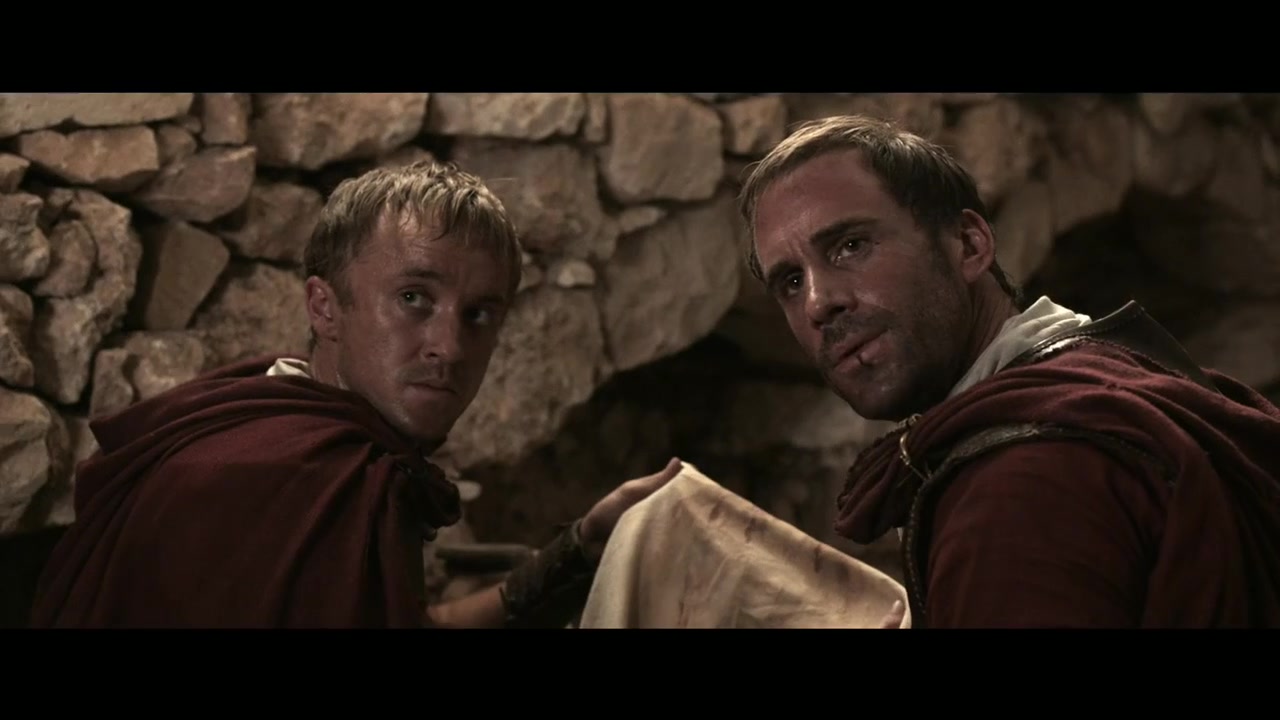 The Battle of Waterloo was a culmination of a number of different battles between the English-led Allies and Napoleon’s French forces – one of those being the Battle of Quatre Bras.
The Battle of Waterloo was a culmination of a number of different battles between the English-led Allies and Napoleon’s French forces – one of those being the Battle of Quatre Bras.
I have to confess to exercising some literary licence. In 1809 only 140 British officers were peers or peers sons but those numbers grew as the war continued.
Thomas and his twin brother Robert, being younger sons of an Earl, decided to join the 69th Regiment and joined Wellington on the final campaigns that culminated in the Battle of Waterloo.
For the Worsley twins, their fight would come to an end at the Battle of Quatre Bras on 16th of June, 1815, two days before Waterloo.
Quatre Bras, literally meaning four arms, in this case the French for crossroads in French and this particular battle took place at the hamlet of the same time in the province of Walloon, Belgium.
It was a pitched battle, a definitive line in the sand to defeat Napoleon once and for all. Although Napoleon was out manned, he was certainly not out gunned:
Throughout the Peninsula War and the Waterloo campaign the Duke of Wellington was plagued by a shortage of artillery. The British Army was sustained by the haphazard system of volunteer recruitment and the Royal Artillery was never able to recruit a sufficient number of gunners. Napoleon had exploited the advances in gunnery techniques of the last years of the Ancienne Regime to create his powerful and highly mobile artillery. Many of his battles had been won using a combination of the manoeuvrability and fire power of his guns and the speed of his columns of infantry, supported by the mass of his cavalry.

Lady Butler’s magnificent 1875 painting of the the 28th Regiment at the Battle of Quatre Bras and an example of a defensive square. To get a better appreciation of the power of this painting view a large version here.
Although useless against artillery, one defensive technique that worked effectively against a cavalry charge was a defensive square and this is what the 69th Regiment was ordered to do to stop an expected cavalry charge by the French General Kellerman, however things went awry:
During the battle of Quatre Bras, the 69th were charged by a mass of French cavalry. They attempted to form up into squares, with their bayonets pointing outwards. This formation was almost impossible for cavalry to attack, as their horses would refuse to charge onto a mass of spear-pointed bayonets. However, possibly due to confusing orders from their inexperienced commander the Prince of Orange, the 69th were unable to get into squares in time. Two companies were caught in the open, and hacked down by French sabres, almost to the last man.
In this slaughter, a French cuirassier (armoured cavalry soldier) cut down Ensign Duncan Keith, who carried the King’s Colour. This flag was personally presented to the regiment by the monarch, and served as a rallying point and source of pride for the troops.
The 69th Regiment suffered 38 killed and 115 wounded out of 546 men. In Nocturne, Robert Worsley was one of the 38 killed.
I imagined Thomas’s injuries to be as a result of close quarter’s attack as the cuirassiers over ran their position – a sabre strike, then a fall, a clip across the head by a charging horse, a badly fractured leg as waves of cavalry swept through.
Funnily enough, the wound which caused Thomas’ terrible facial scar is unrelated to the injury that sent him blind. Trauma to the occipital lobe of the brain, which is right at the very back of the head, can result in cortical blindness in which the eyes themselves function normally in that the pupils are reactive. In short, it is a neurological injury, not an ocular one. In such cases recovery of sight is possible although vision problems may remain.
Let’s hear this in Thomas’s own words:
“A few months later, we were at the battle of Quatre Bras. It was very nearly a complete rout. The head of the Dutch forces was William, the Prince of Orange. He countermanded an order from our General to form a defensive square and prepare for attack.
“Robert and I were side by side in a single formation when Napoleon’s cavalry cut through us like butter. Our commander was killed.
“The last thing I remember seeing with certainty was Robert looking at me in surprise and the bloom of red across his chest as he fell. Then I was struck also. I’ve never known such pain. I thought my head had been cleaved in two. As it turned out, it wasn’t far from the truth.”
Thomas paused in his recounting.
“I believe I was unconscious for a time. At least until nightfall. I have the vaguest memory of seeing tall thin trees above me and restless stars across a darkening sky as they carried me from the field. Then nothing for a very long time and, when I was aware again, I could see no more.”


